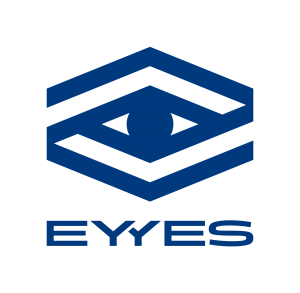CarEye® Safety Angle
Intelligent Blind-Spot Assistant
The CarEye® Safety Angle is a next-generation intelligent blind-spot assistant. It reliably detects pedestrians and cyclists in a significantly extended monitoring area. In dangerous situations, it warns drivers with acoustic and visual signals to avoid a possible collision. Independently confirmed by ADAC.
A future-proof assistance system thanks to:
- “allgemeiner Betriebserlaubnis” (ABE) – General type approval
- Retrofitting on almost any platform
- Eligibility in Austria & Germany
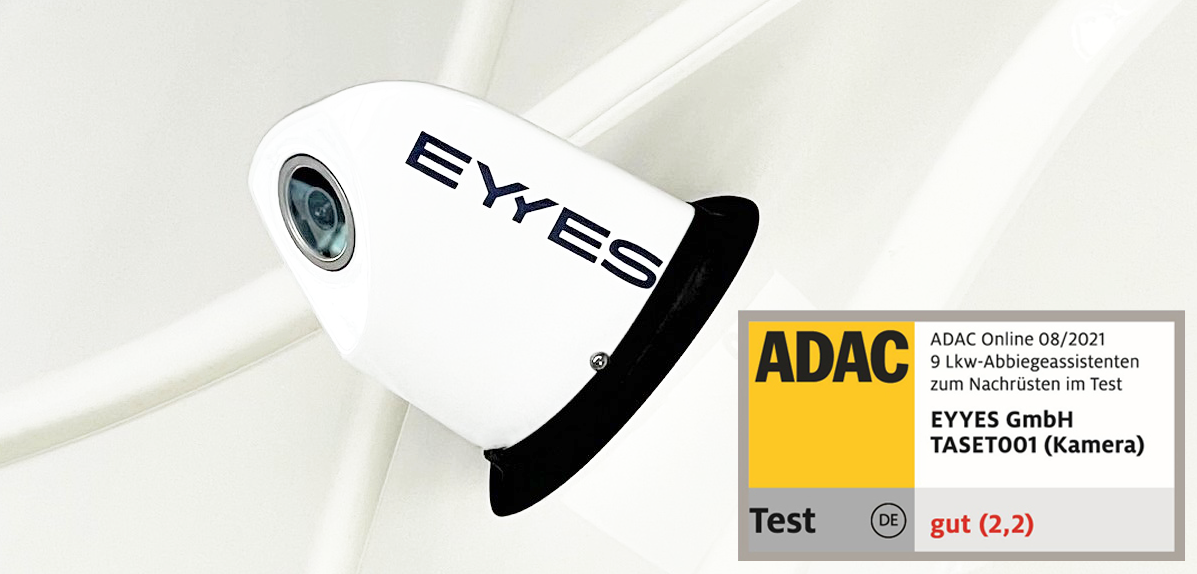
Our technology
The CarEye® Safety Angle is equipped with artificial intelligence based on neural networks (Deep Learning). This evaluates the incoming images in real time. Other road users are perceived and unerringly distinguished from static objects. The CSA determines their future course of movement and also includes the movement of the driver’s own vehicle in the calculation.
This results in the following advantages:
- Warning only in case of real threats
- Reduction of false alarms
- Added value for driving safety
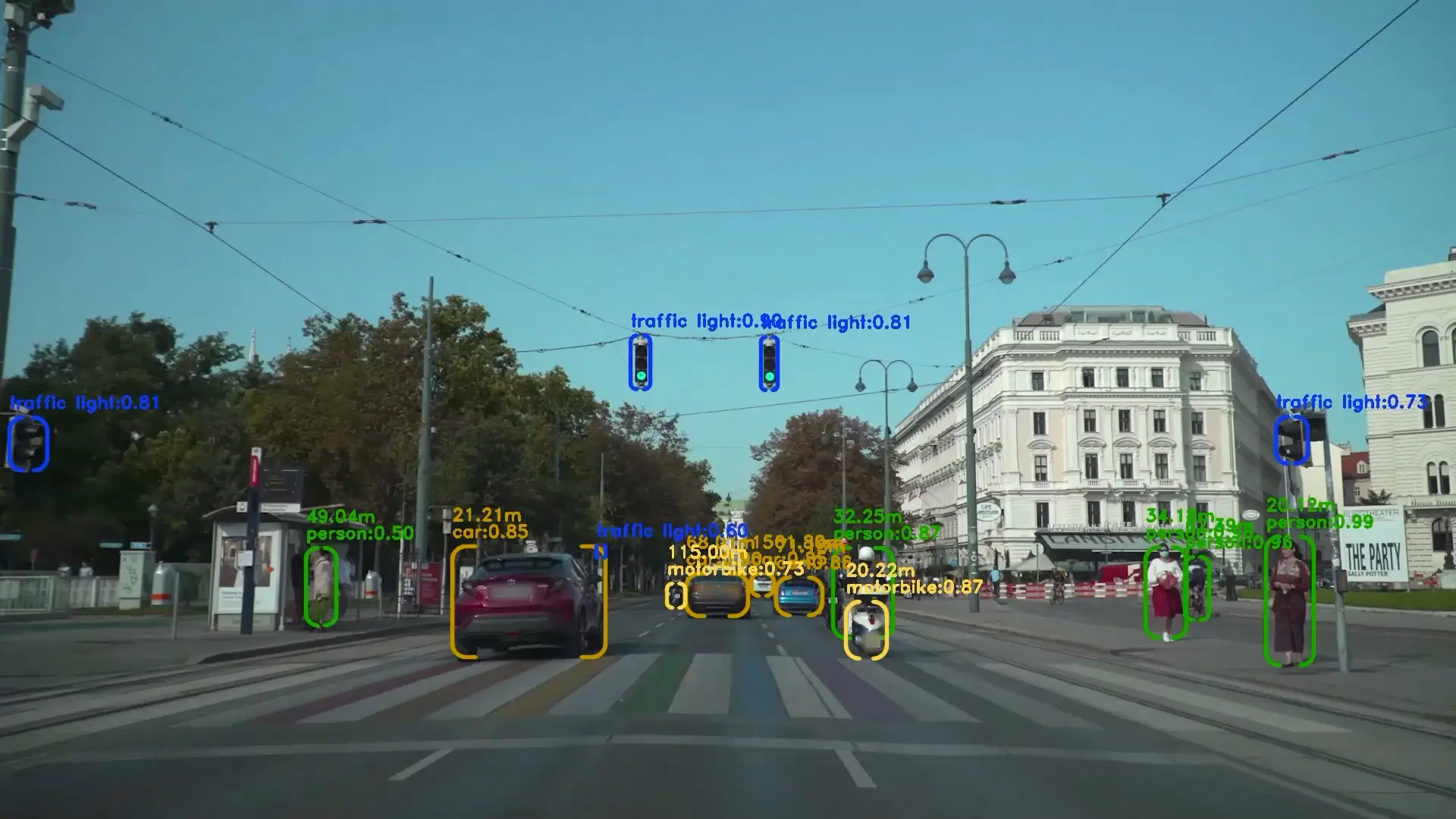
Extended detection range of the CSA
We take responsibility for society. For this reason, the detection range of the EYYES Intelligent Blind-Spot Assistant is 4 times larger than required by law.
- Detection of pedestrians and cyclists up to 10m to the rear
- Detection of pedestrians and cyclists in the second row up to 4m away from the vehicle
- Detection of pedestrians and cyclists to the side of the front of the vehicle
- Total coverage of up to 40m2 to the side of the vehicle, which is approximately four times the monitoring area specified by the German Federal Motor Transport Authority (KBA)

CarEye® Safety Angle test winner at ADAC
CarEye® Safety Angle test winner at ADAC
- For commercial vehicles, buses, special and emergency vehicles
- Available for new vehicles or as a retrofit kit
- Minimization of false alarms through artificial intelligence (AI)
- Extended monitoring range for cyclists in the second row behind parked vehicles
- Simple installation independent of type
- Also available for the left side of the vehicle
- Suitable even in limited lighting conditions from 15Lux ambient brightness
- Self-diagnostic function – the device reports if it is not in operation
- With general operating permit and eligible for subsidies
- Signal strategy according to UN-ECE R151 for “blind spot assist”.
- Always active
-
Camera Wing
The heated camera wing captures the area next to the own truck and in the blind spot
-
TIC Box
In the TIC box, the camera signals are acquired and processed accordingly.
-
Signaller
An optical and acoustic signaller shows the status and reports actual dangers.
-
Monitor (optional)
A 7″ monitor shows the area next to your own truck to the rear.
-
Rear view camera (optional)
The optional rear view camera covers the area behind the vehicle, helping to avoid collisions with people or damage.
Our variants
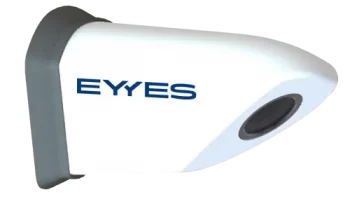
CarEye® Safety Angle-R
Our intelligent blind-spot assistant for right-hand traffic. The full HD camera is heated to provide clear images even in difficult weather conditions.
- AHDR and anti-flicker as well as LED flicker compensation.
- TIC box: intelligent control unit incl. AI modules; CAN bus & Ethernet interface
- Signaller: optical & acoustic warning device with 85dB
- CAN connector for connection of further vehicle sensors
Optional components
- 7″ Monitor: 16:9 HD TFT monitor; high contrast with anti-reflective coating.
- Steering angle sensor: detection of the change in driving direction independent of the turn blinker
- Wing extension: better visibility with wider bodies
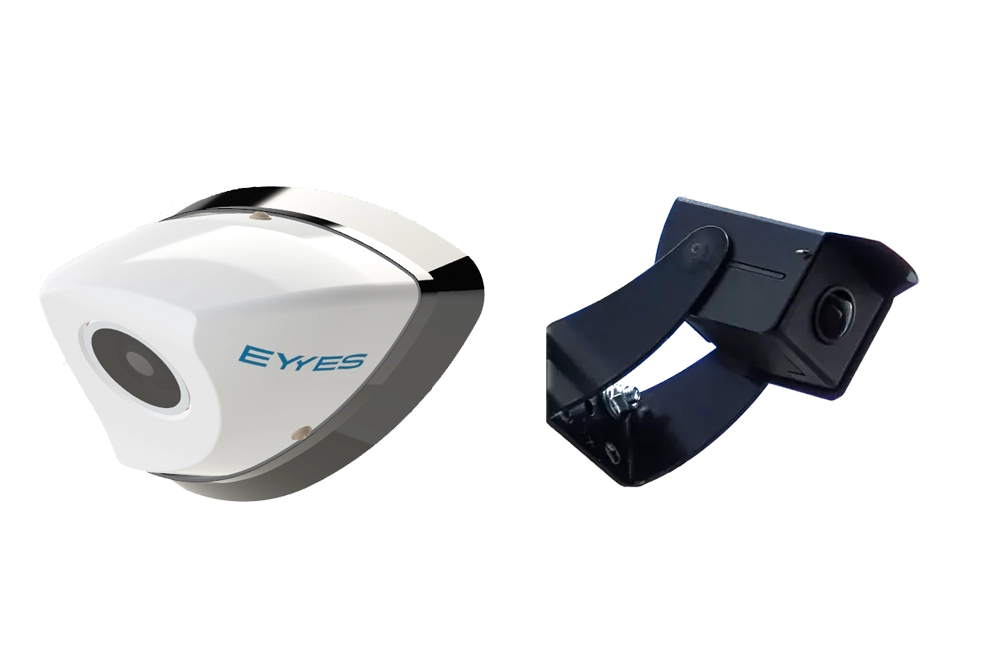
Funding
Austria
In Austria, the funding can be applied for at SCHIG:
SCHIG – Förderung Rechts-Abbiegeassistenzsysteme 2019-2024
Germany
In Germany, the funding can be applied for at BAG:
BAG – Förderprogramm für die Ausrüstung von Kraftfahrzeugen mit Abbiegeassistenzsystemen
BAG_Förderprogramm_Abbiegeassistenten
Allgemeine Betriebserlaubnis
![]()
